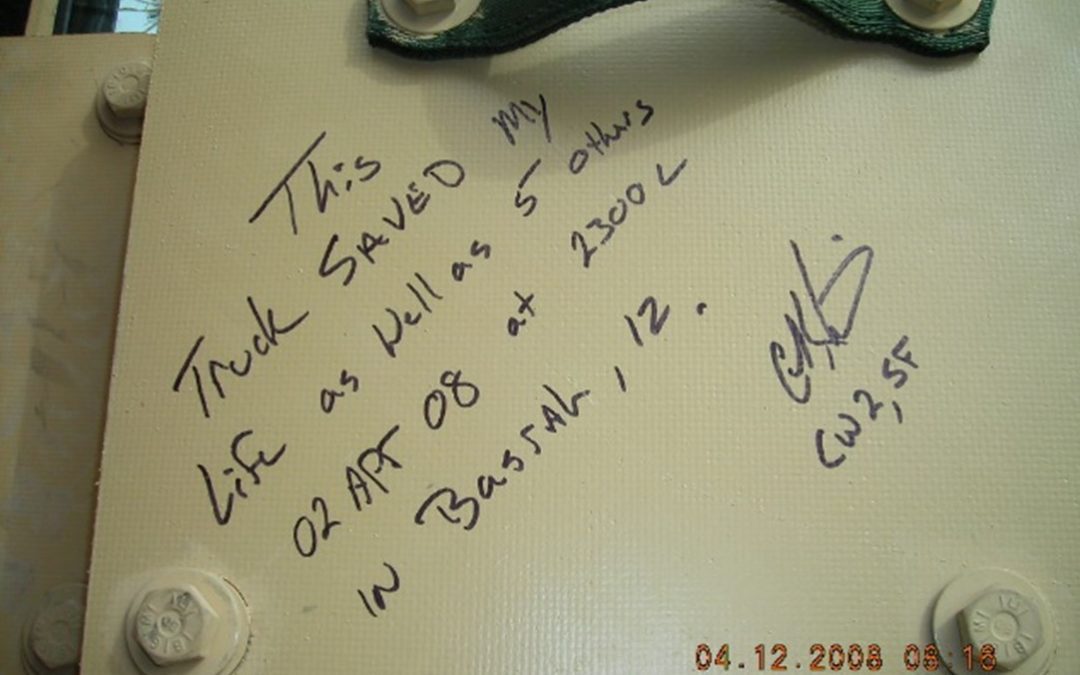Sometimes, we find out how what we do matters.
In mid-2007, I was tasked with starting a seat manufacturing company in Arizona. The seats were energy-absorbing in support of the military during the Gulf War.
In my first week, I observed what they had been doing while conducting time studies, following the flow, and watching how various processes were completed. One day during my first week, the team produced 50 seats. This was a significant milestone for them, and they congratulated each other on this achievement. I knew we could produce much more than 50 seats per day.
We began by laying out two lines. The lines were designed to be flexible and to run multiple products. The tasks within the individual work cells were level loaded. Changeovers to a new product were done as the line continued to run.
Clutter in the work cell was eliminated by having only the tools needed to perform the tasks in each work cell, including tools needed to construct cardboard boxes.
Subcomponents were kitted and placed in specific locations to reduce movement. The hardware was placed in color-coded trays in exact areas to match the manufactured products. Personnel could easily see what belonged on the line.
Non-conforming components were removed from the line for review without generating stoppages. Information gathered from the reviews was sent back to the vendors for corrective actions, which were monitored for effectiveness.
Personnel was rotated to prevent fatigue. Daily huddles / Gemba were conducted to discuss ways to improve the processes.
Approximately nine months later, the lines were producing over 250 seats per shift, with fewer people. Our customers ramped up their production for Strykers, MRAP, and Bradley Transport vehicles. Concurrently, we provided seat retrofits for equipment already deployed.
We moved the lines into a new building in this period and used this as an opportunity to improve our layout and warehouse/shipping flow.
Teams were taught how to problem solve and use methods to improve our quality and supplier quality, including FMEAs and PFMEAs. We wanted them to think and act like owners.
As we improved, there was a feeling of accomplishment. It was common to see the two lines interact, offering help or advice. Although I gained personal satisfaction seeing how revenue and conversion cost improved, the following photo changed us. It caused us to pause and realize what was at stake.
When we work, we sometimes have no idea who is impacted by our contributions. Although the seat division may have played a small part in the safe return of these six people, we all had a tremendous sense of pride.
Sometimes we do get to know how we may have had an impact.

